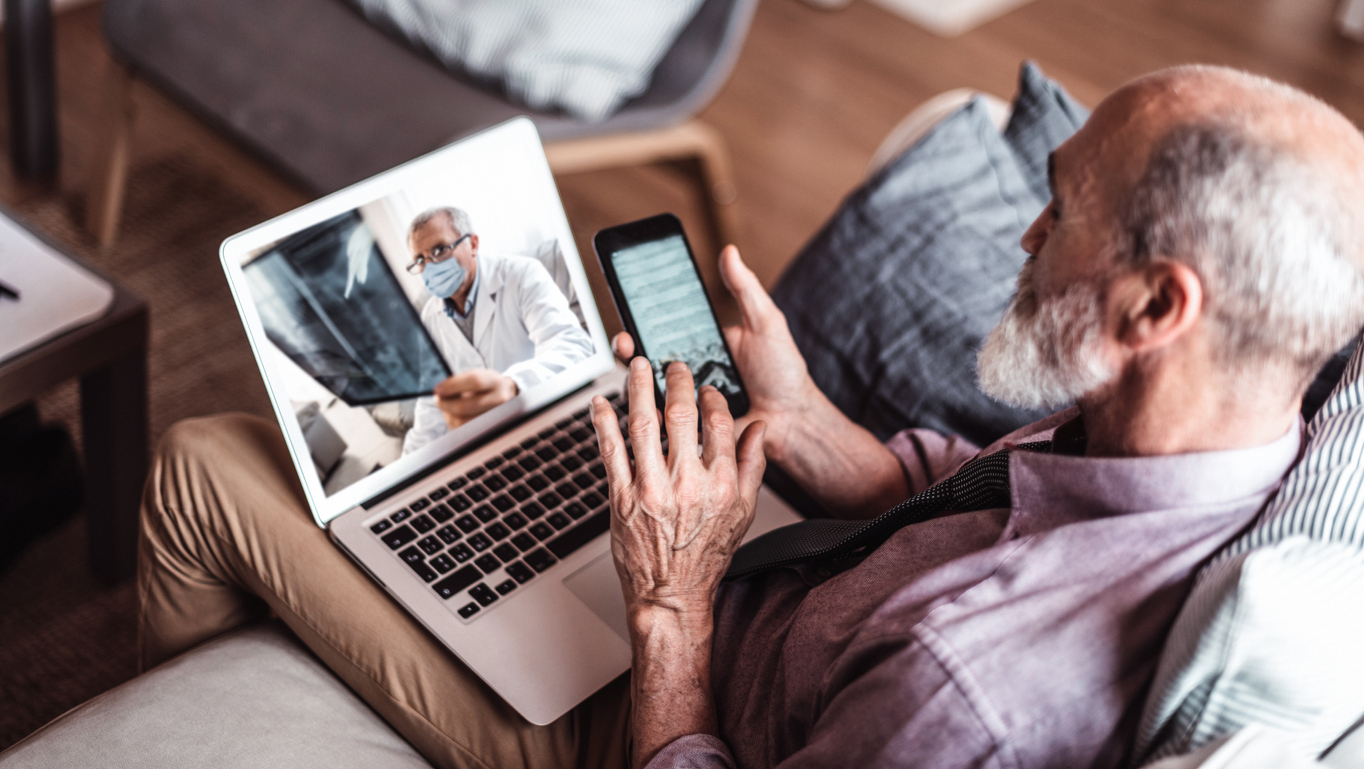The Increasing Importance of Remote Patient Monitoring

Remote Patient Monitoring (RPM) has seen a rapid increase in significance in recent years, propelled by advancements in digital healthcare technologies and further accelerated by the global pandemic. By enabling medical professionals to monitor patients' health outside of conventional clinical settings, RPM has the potential to dramatically reshape healthcare delivery, making it more efficient, cost-effective, and patient-centric.
What is Remote Patient Monitoring?
Remote Patient Monitoring is a digital healthcare delivery method that allows healthcare providers to track patients' health data outside of traditional healthcare environments. Using digital technologies and devices, such as wearable sensors, mobile applications, and telehealth platforms, RPM collects various health data from patients in real-time. This data can include vital signs like heart rate and blood pressure, blood sugar levels, weight, sleep patterns, and much more.
Why is it important?
RPM offers numerous benefits that make it an increasingly critical part of healthcare delivery.
Improves patient engagement and satisfaction: RPM enables patients to play an active role in their own health, empowering them to understand and manage their conditions better. This enhanced engagement can lead to improved patient satisfaction and better health outcomes.
Enhances quality of care: By offering healthcare professionals real-time access to patient data, RPM allows for more proactive care and early intervention. This can prevent health crises and hospital readmissions, enhancing the overall quality of care.
Increases access to care: RPM can bring healthcare to patients who live in remote areas or have difficulty accessing traditional healthcare services. By breaking down geographical barriers, RPM can make healthcare more accessible and equitable.
Reduces healthcare costs: By preventing hospital admissions and readmissions, RPM can significantly reduce healthcare costs. Furthermore, it can enable healthcare providers to manage their resources more efficiently.
Future of Remote Patient Monitoring
The future of Remote Patient Monitoring looks promising, with continual advancements in digital health technologies expected to further enhance its capabilities. Integration of artificial intelligence and machine learning can provide predictive analytics, enabling even more proactive and personalized care.
As RPM continues to evolve and mature, its significance in the healthcare industry is set to increase further. With its potential to improve patient outcomes, increase access to care, and reduce healthcare costs, Remote Patient Monitoring represents a key component of the future of healthcare delivery.





